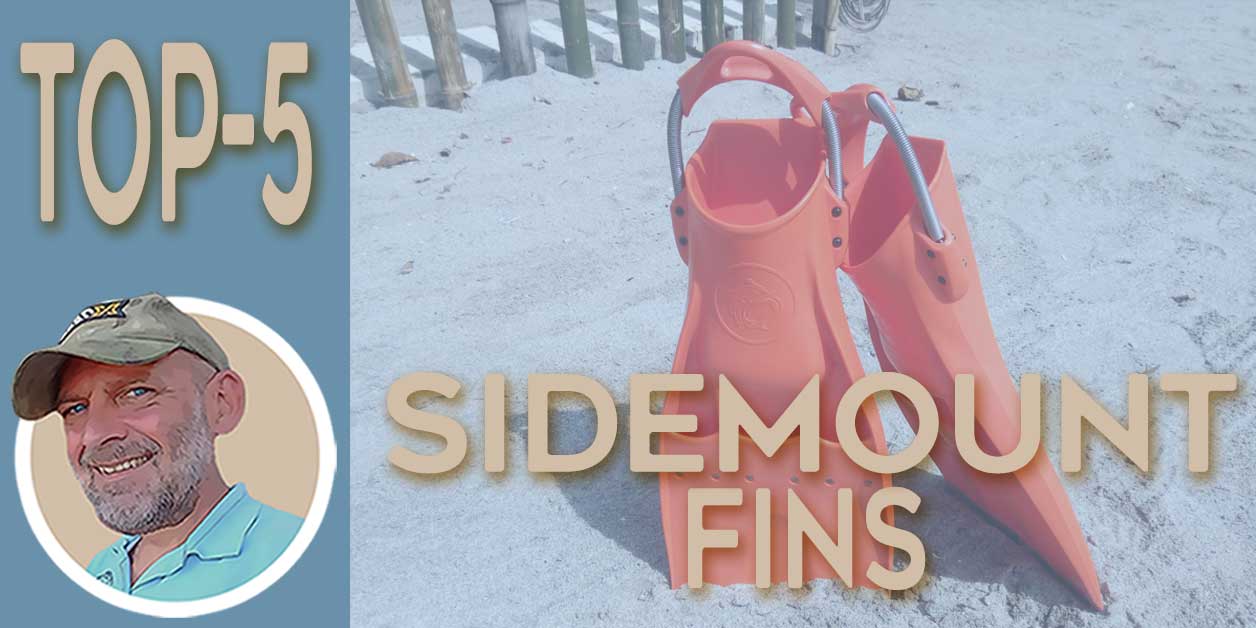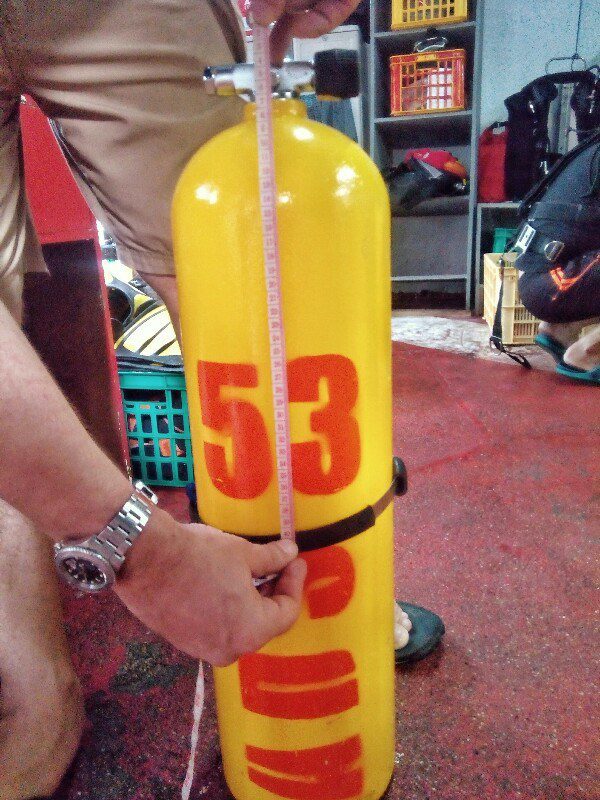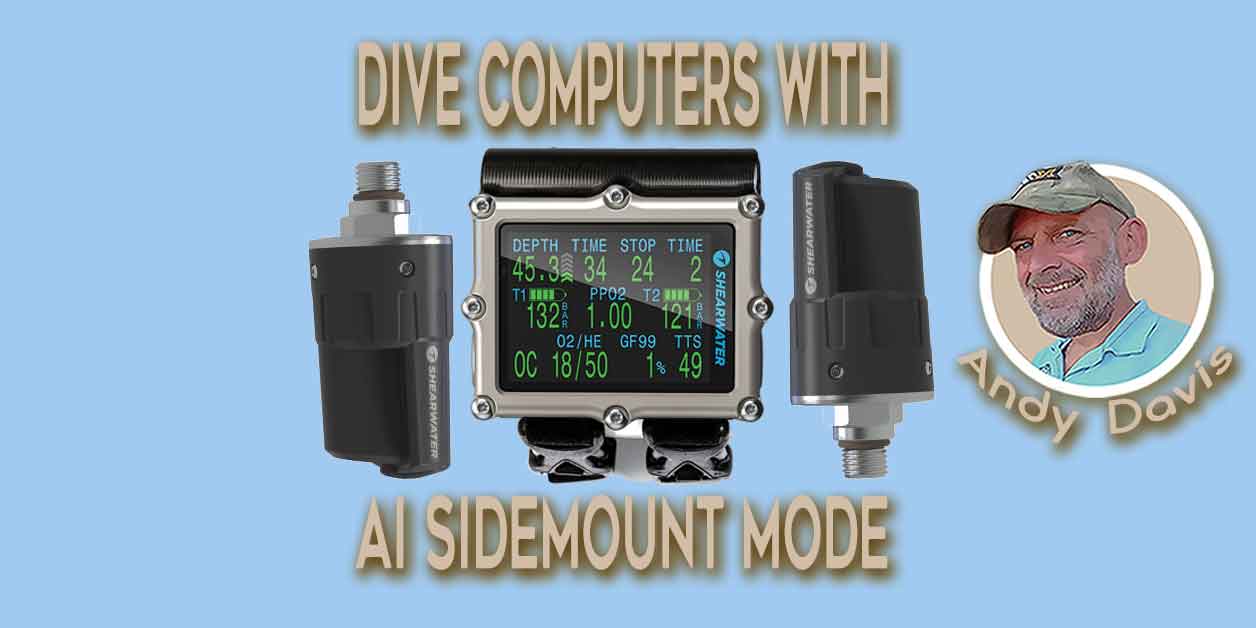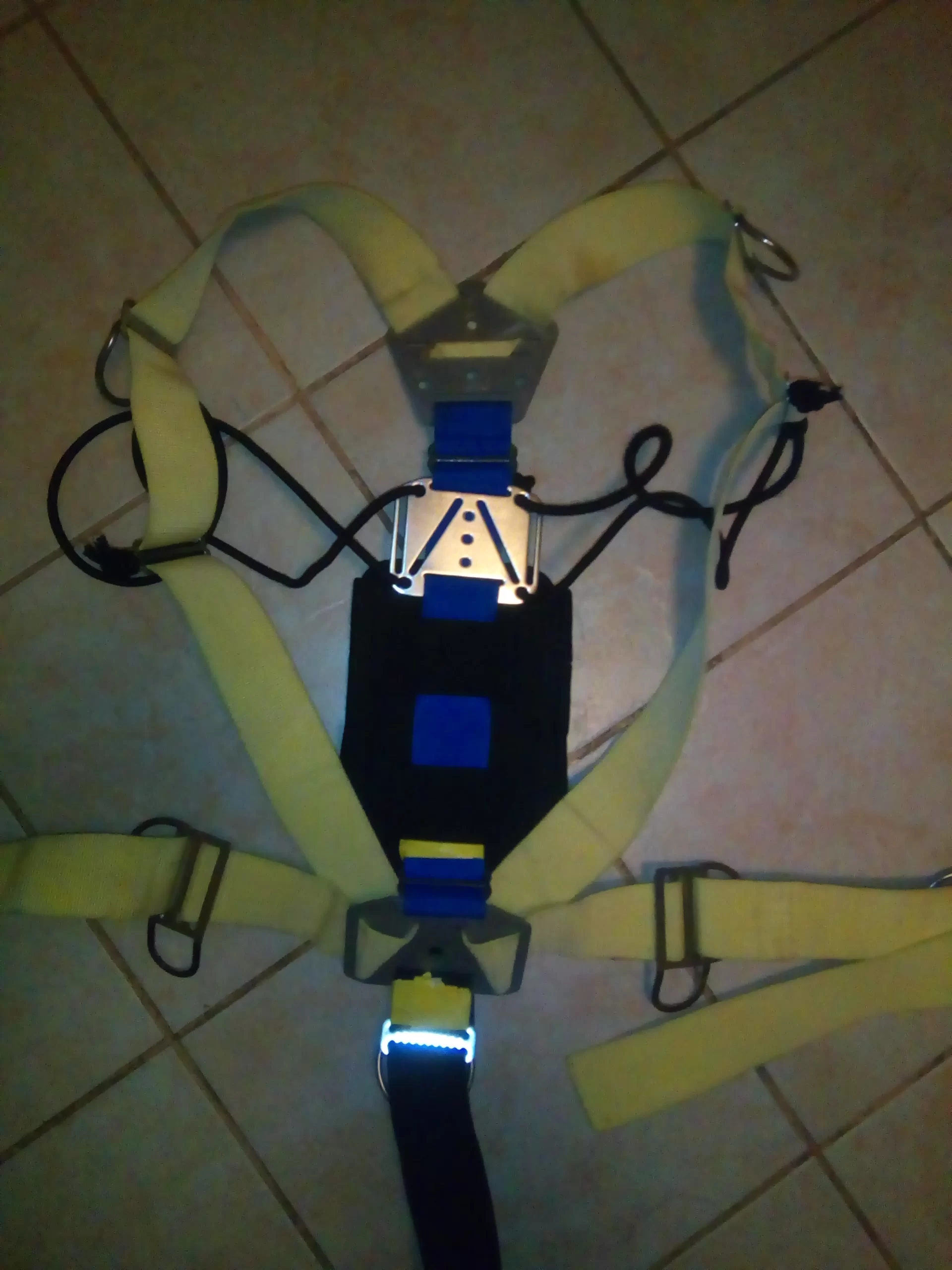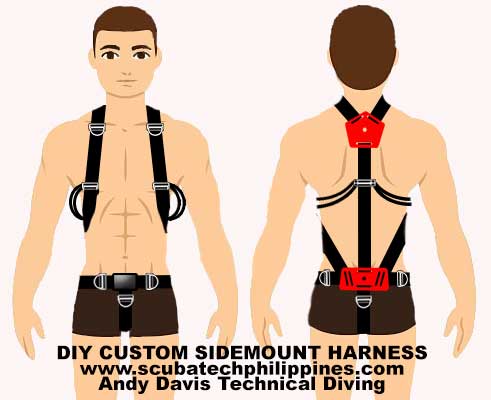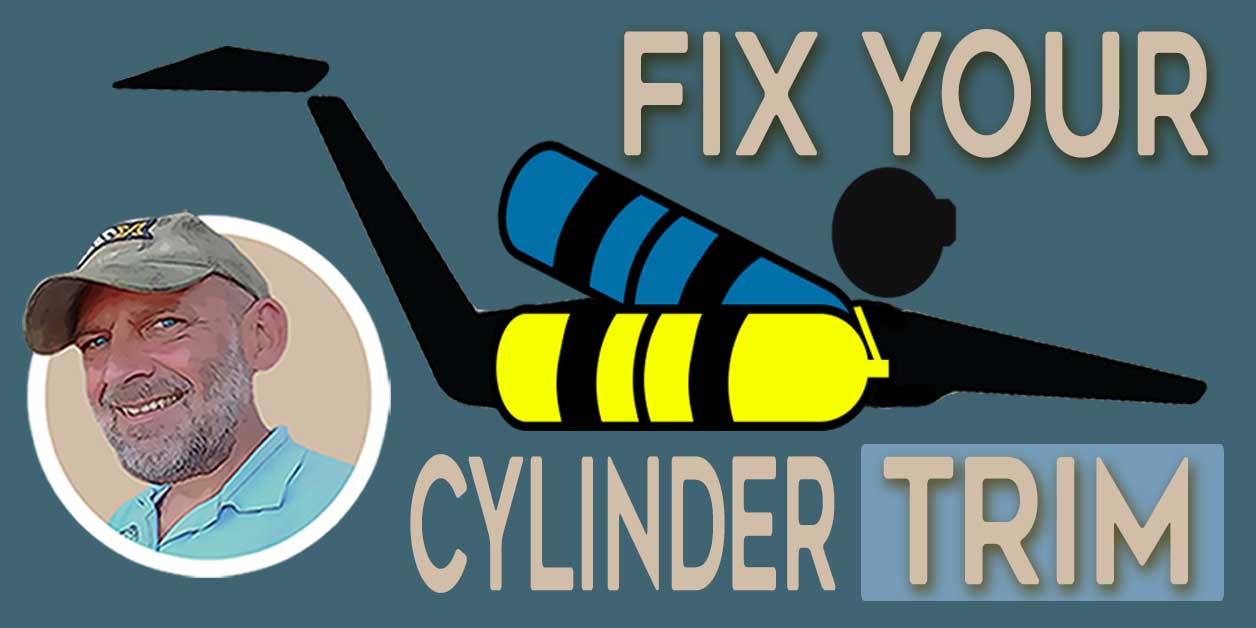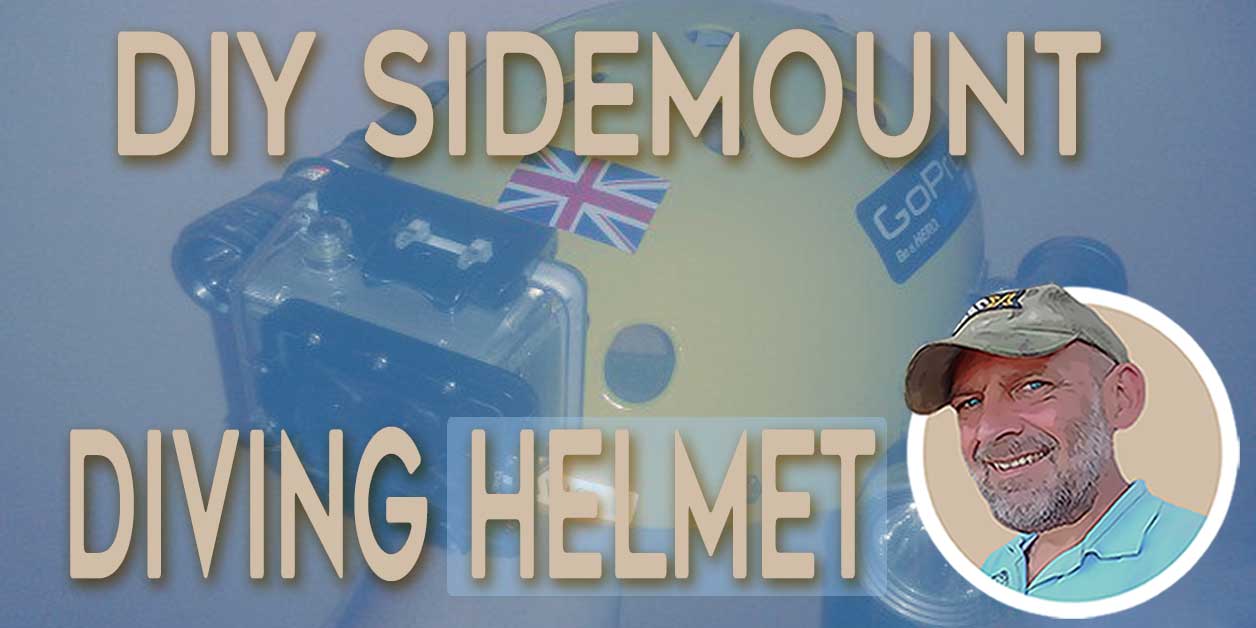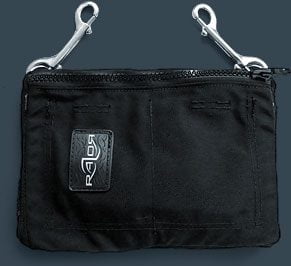Positioning Sidemount Cylinder Bands
One of the most common mistakes that I see with sidemount configurations is the incorrect positioning of the sidemount cylinder bands. When incorrectly positioned, the bands will cause the cylinders to sit too high, or too low relative to the torso.
If the cylinders are too high, then the valve will be forced forwards underneath the armpit. This lowers the valve (also raising the base of the cylinder) ruining any chance of good cylinder trim. Having the cylinder too far forwards also clutters up the front torso area and reduces the diver’s freedom of movement with their arms.
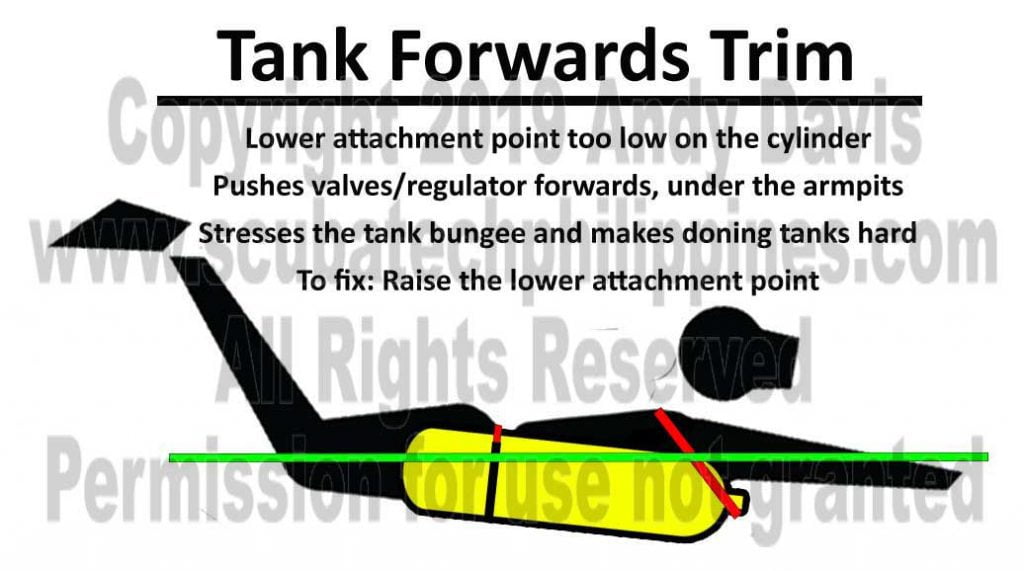
If the cylinders are too low, then it will cause a strain on all of the regulator and LPI hoses, making the diver uncomfortable throughout the dive.
Step 1 – Measure to the Attachment Point
The first step is to don your sidemount harness. The harness has to be configured correctly, to place the waistbelt low on the hips (if using aluminium cylinders).
Using a tape measure, find the distance from your armpit to the lower attachment point. Again, for aluminium cylinders, this will be the waistbelt (more on steel cylinders and buttplates later).
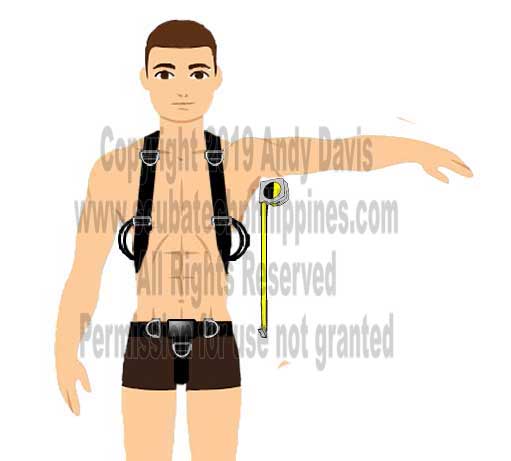
Step 2 – Measure on the Cylinder
Now measure that same distance down from the top of your cylinder valve. This will be the optimal position for the cylinder band. It doesn’t matter what size of cylinders you are using – the aim is to locate the cylinder valve/regulator first stage in the armpit.
The band will be quite high on the cylinder. This is what makes it important to fit the harness correctly and keep the waistband low on the hips, which translates into allowing the maximum distance between the valve and cylinder band.
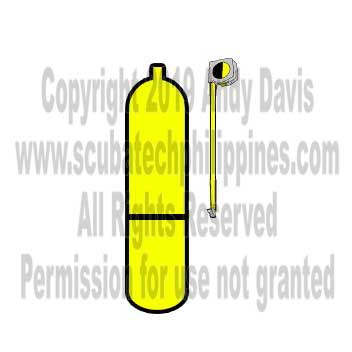
Step 3 – Confirm Location of Cylinder
You should confirm that cylinder band positioning when you get in the water. Holding horizontal trim and with arms outstretched, the cylinder should sit comfortably alongside the torso with the regulator at the armpit.
You should have a complete range of movement with the arms, able to access anywhere on your front torso with no impediment from the cylinders or regulator first stages.
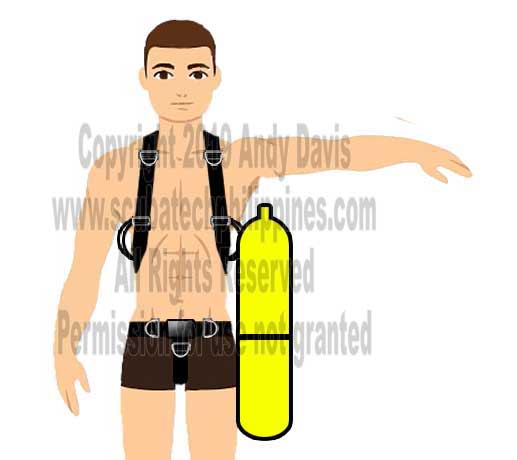
Step 1a (steel/buttplate) – Measure for Butt-Plate
If using steel cylinders with a buttplate attachment, the exact same principle applies. In this case, you’ll still measure down to the attachment point. This will be at the level of the buttplate rails.
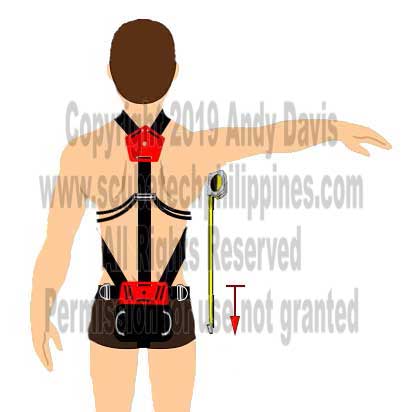
Step 2a (steel/buttplate) – Measure on the Cylinder
Again, measure down on the cylinder, starting from the top of the cylinder valve. The band height should be lower on the cylinder than it would if fitting for a waist-band attachment.
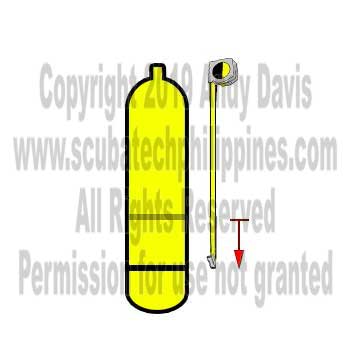
Step 3a (steel/buttplate) – Confirm Location of Cylinder
As always, confirm the location of the bands when you get into the water. The same diagnostic applies.
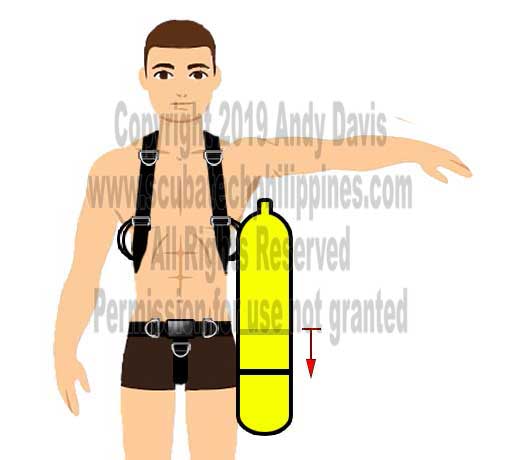
Buy my ‘Sidemount: Principles For Success’ ebook now!
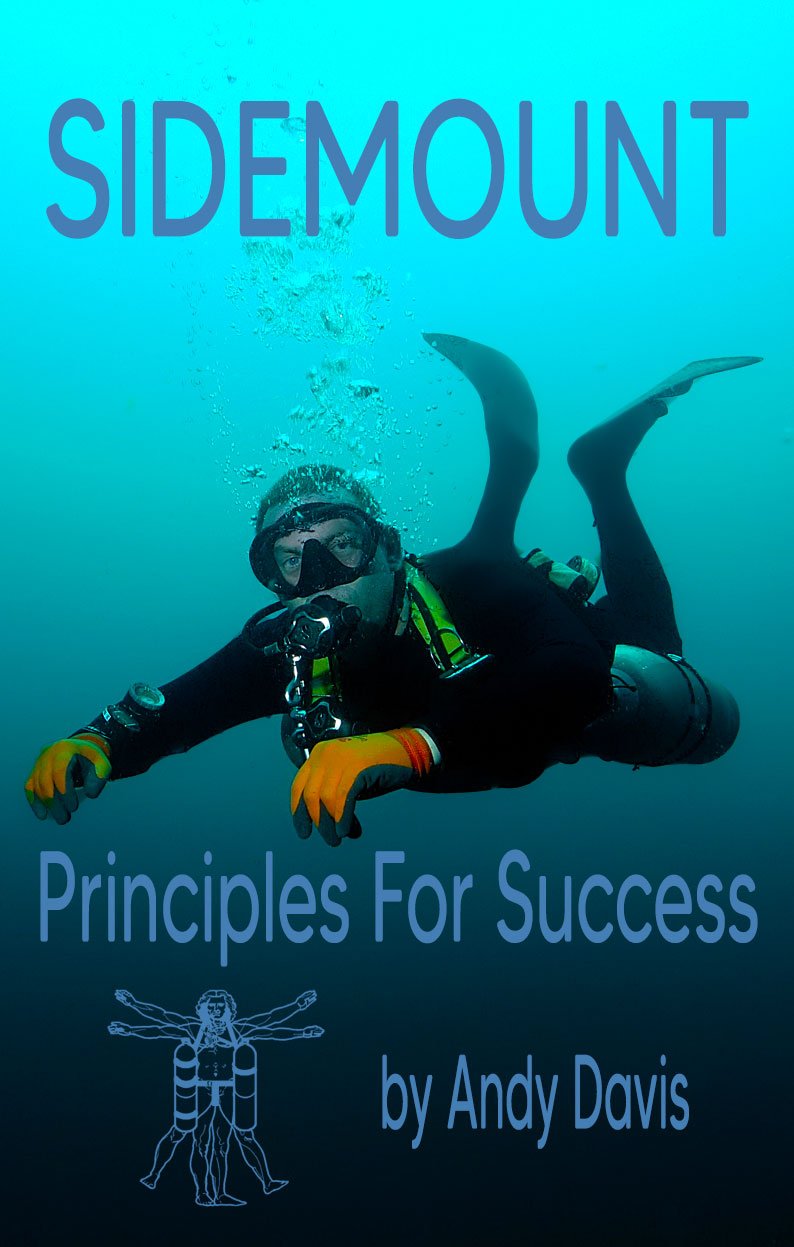
My comprehensive guide to sidemount configuration and development as a diver.
178 Pages. PDF format. Only $25
Fully Illustrated!
Chapters include:
- Sidemount history, design styles, and cylinder principles
- Harness and bungee setup and sizing
- Configuring deco/stage cylinders
- Diagnosing cylinder trim problems
- Regulators and hardware
- Training and skillset development
About The Author

Andy Davis is a RAID, PADI TecRec, ANDI, BSAC, and SSI-qualified independent technical diving instructor who specializes in teaching sidemount, trimix, and advanced wreck diving courses.
Currently residing in Subic Bay, Philippines; he has amassed more than 10,000 open-circuit and CCR dives over three decades of challenging diving across the globe.
Andy has published numerous diving magazine articles and designed advanced certification courses for several dive training agencies, He regularly tests and reviews new dive gear for scuba equipment manufacturers. Andy is currently writing a series of advanced diving books and creating a range of tech diving clothing and accessories.
Prior to becoming a professional technical diving educator in 2006, Andy was a commissioned officer in the Royal Air Force and has served in Iraq, Afghanistan, Belize, and Cyprus.
In 2023, Andy was named in the “Who’s Who of Sidemount” list by GUE InDepth Magazine.
Purchase my exclusive diving ebooks!
Originally posted 2018-03-07 23:55:27.







